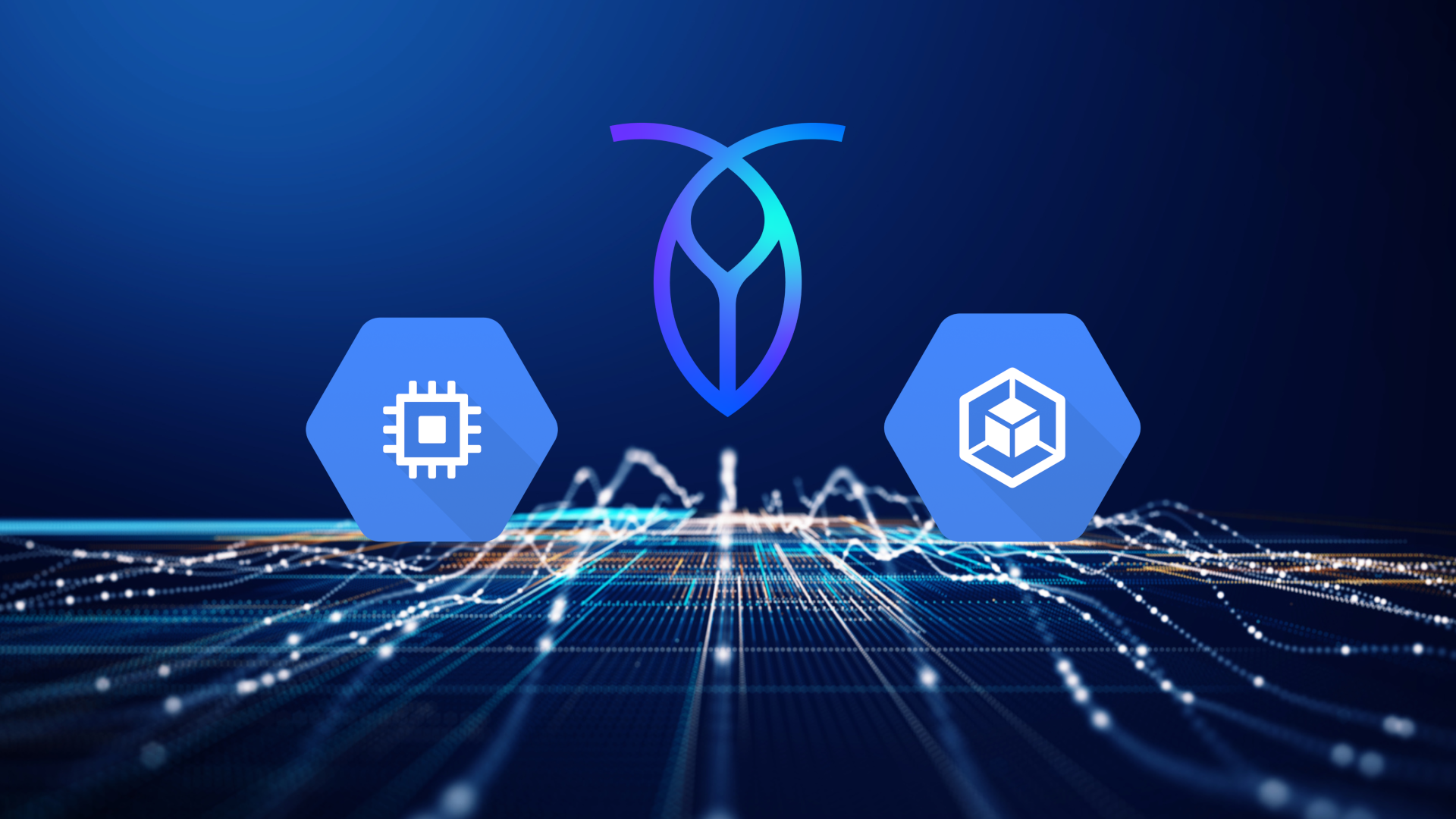Each year, the Cockroach Labs blog offers a smorgasbord of posts on technical, educational, informational, and cultural topics to our fellow distributed database devotees (and everyone else, too!). This year, many posts offered handy tips for all kinds of situations: how to change your database schema with no downtime, executing SQL queries in the browser, and how to save your data center during a hurricane using a bucket brigade, to name but a few.
In case you missed them, or are maybe looking for something to read before tackling that avalanche of post-holiday Slack messages and emails, here are five notable posts from 2023.
How DoorDash manages high-availability CockroachDB clusters at massive scale
When we say “massive” we mean massive. Currently, DoorDash is using CockroachDB to handle a mindblowing amount of data:
About 1.2 million queries per second at daily peak hours.
About 2,300 total nodes spread across 300+ clusters.
About 1.9 petabytes of data on disk.
Close to 900 changefeeds.
Largest cluster is currently 280 TB in size (but has peaked above 600 TB), with a single table that is 122 TB.
So order some snacks for delivery, then settle in and read some tips for managing mind-boggling data workloads from DoorDash’s storage infrastructure team.
Technical takeaways from the Taylor Swift/Ticketmaster meltdown
An analysis of the system failures that caused the world’s largest event ticketing platform to melt down when swarms of Swifties attempted to buy tickets to the “Eras” tour. Spoiler alert: an alternative title for this post could be “Unprecedented demand is NOT an acceptable excuse when your platform fails.”
The instant intense backlash from Ticketmaster’s meltdown schooled every business in the world on an important lesson: You screw up an experience like this, it’s dangerous. So, what lessons can companies of any size take away from the TayTay/Ticketmaster meltdown when it comes to preventing their own version of an epic public facepalm?
Rubbing Control Theory on the Go Scheduler
Performance predictability and isolation are critical for any multi-tenant mixed-workload systems. For CockroachDB serverless, though, it’s not just about protecting latencies across workload/tenant boundaries; it’s also about isolation from the system’s internal/elastic work like LSM compactions, MVCC garbage collection, and backups, and also from user-initiated bulk work like changefeed backfills.
Go schedule some time (see what we did there?) to read these generally applicable control theory techniques for systems builders, both experienced and aspiring. We’ll use admission control, study CPU scheduler latencies, build forms of cooperative scheduling, and patch the Go runtime.
What do you think of the name “CockroachDB”?
When people ask where we work, they are usually startled and then mystified by the answer. Our parents think we work for an extermination company. Accountants do double-takes. Allergists are intrigued. Homeland security agents have extra questions. Delivery drivers make quick, frightened visits to our offices (and some even refuse to come up at all!).
At conferences people demand to know, Why cockroach? When we respond Because it’s the database you can’t kill, the heads start nodding: software engineers get it. What do actual CRDB users think of the name? Here’s a highlight reel of their reactions.
How to build an inventory management system that scales to infinity (with reference architecture)
This is top of mind, having recently survived yet another year of holiday gift shopping. For retailers, knowing what inventory you have and where it’s located isn’t easy when you’ve got a mix of online and offline shoppers pulling items off both retail and digital shelves in real time. Even online-only ecommerce shops can struggle to build effective inventory management systems.
Let’s take a look at the technical challenges that make real-time inventory management so tricky, and how to architect effective, resilient systems that tame that trickiness.
If reading is not so much your thing, you can add CockroachDB’s Big Ideas In App Architecture podcast to your playlist. Also, check out our library of webinars.




